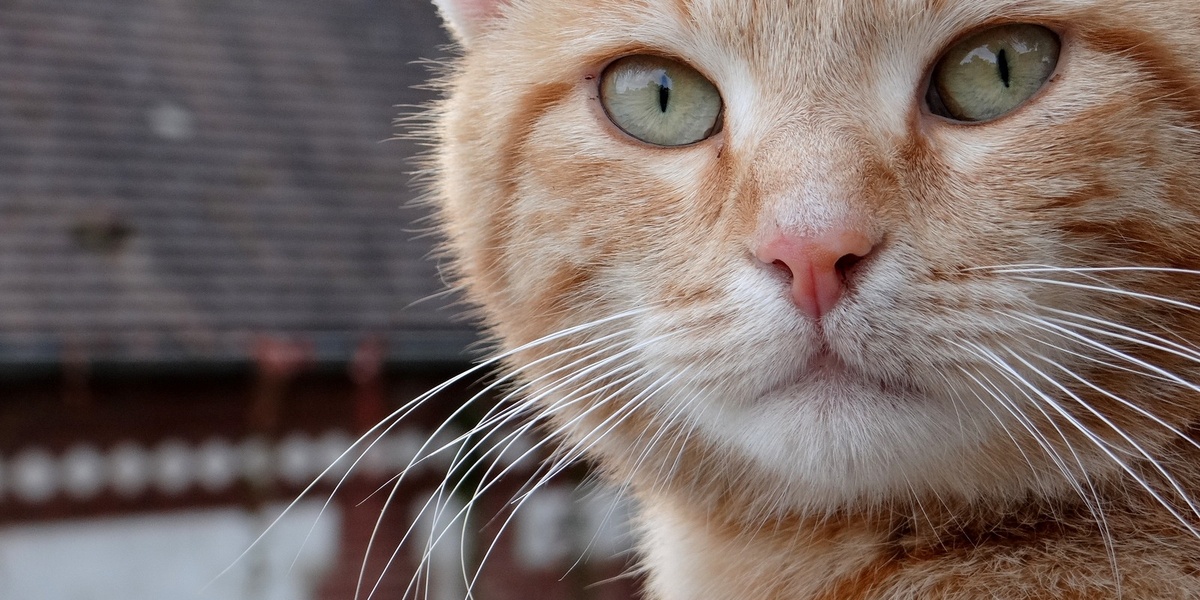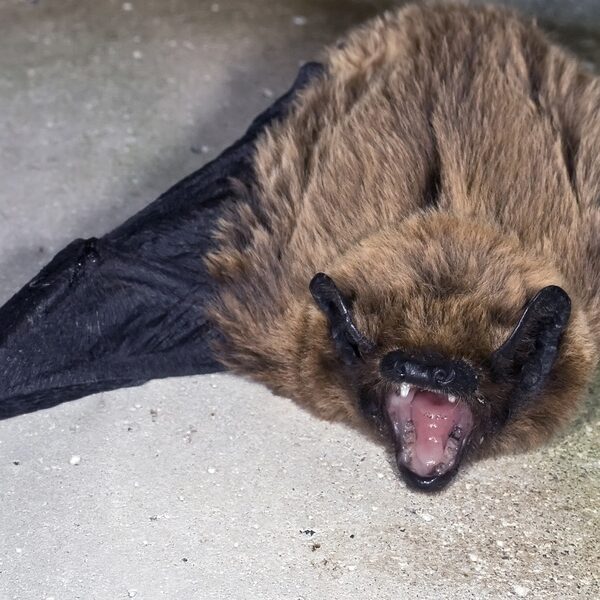A surprising 19th-century anecdote sets the scene: early cat fanciers in Europe noticed some households tolerated certain cats better than others—an observation that predated modern allergy science and still guides pet seekers today. Roughly 10% of people report cat allergies, and those reactions are a common reason potential adopters step back. The main culprit is a protein called Fel d 1, which is found primarily in cat saliva and skin oils. While no breed is truly hypoallergenic, some produce less allergen or shed in ways that limit airborne and surface spread, so they can be easier for sensitive people to live with. This guide lists the top 10 cat breeds for allergy sufferers and explains how each breed can reduce symptoms in everyday life, grouped into practical categories with care tips and realistic expectations.
Short-haired, low-shedding breeds
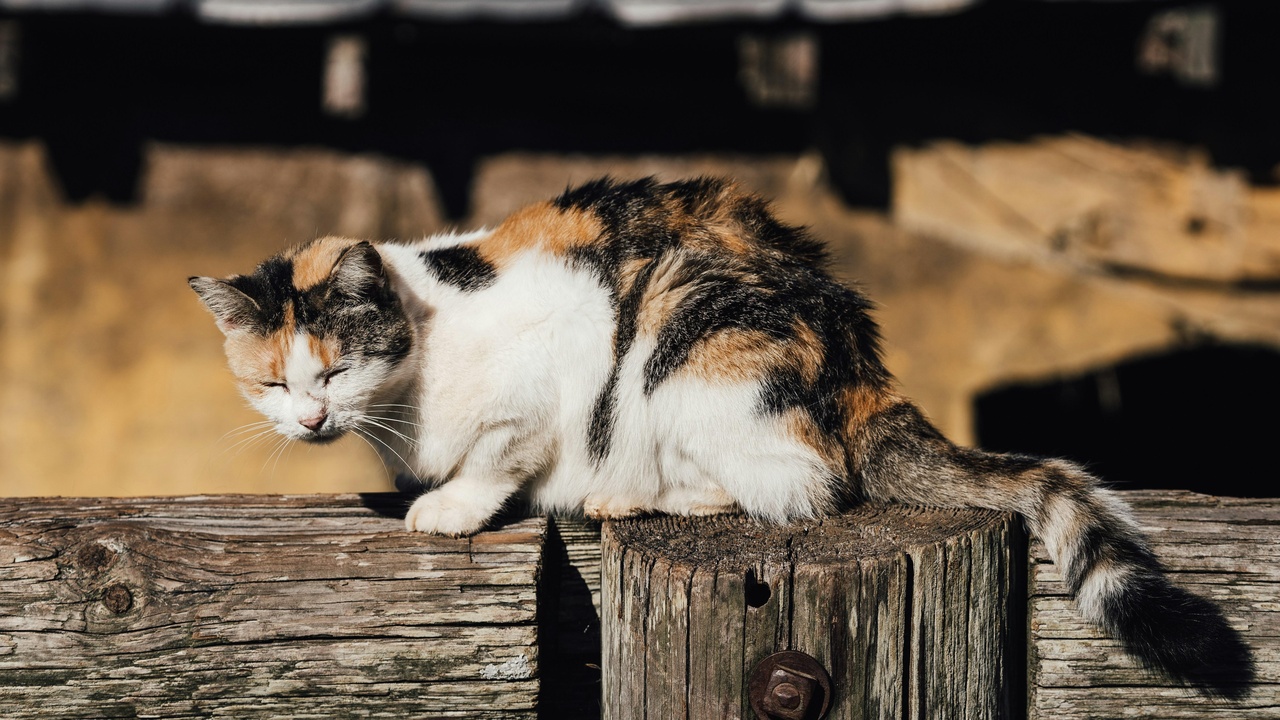
Short, low-shedding coats often help because there’s less loose fur to carry dander onto furniture, clothing, and into the air. Shedding and allergen production are related but distinct: Fel d 1 lives in saliva and skin oils, so a cat that grooms less or sheds less visibly can still trigger reactions unless managed. Practical approaches—regular brushing, occasional baths, HEPA filtration, and keeping sleeping areas cat-free—reduce exposure significantly.
Quantified tips: brush 2–3 times per week with a de-shedding tool like the FURminator, and use a HEPA air purifier sized for the room (for example, 300–500 sq ft units for living rooms).
1. Russian Blue — fine short coat and lower allergen irritation for many people
Russian Blues are often tolerated by allergy sufferers because their dense, short double coat and calm grooming habits limit loose hair. Scientific breed-level Fel d 1 data is limited, but owner surveys and reports commonly list Russian Blue among better-tolerated breeds.
Real-world routine: brush once weekly, wipe with a damp cloth as needed, and keep bedrooms cat-free. Typical details: adults commonly weigh 7–12 pounds and live 10–15 years; coat color is the trademark slate blue/gray.
Many owners report a noticeable symptom drop after adding a HEPA filter to the bedroom and maintaining that simple grooming routine.
2. Bengal — short, pelt-like fur and lower perceived shedding
Bengals have a short, tight coat often described as pelt-like, which sheds less visibly than many breeds. The coat’s structure helps keep dander closer to the skin instead of flinging it into the air.
Care advice: combine play-and-brush sessions 2–3 times weekly and use rubber grooming mitts during play to capture loose hairs. Bengals are active, so provide vertical space and interactive toys to reduce stress-related over-grooming.
Owner routine example: brushing after evening play helps trap loose fur before it circulates through the home.
3. Oriental Shorthair — single-layer coat, easy maintenance
Oriental Shorthairs have a single-layer short coat that tends to shed less than double-coated breeds and is easier to keep clean. Owner reports often note fewer visible hairs on clothing and furniture.
Practical steps: weekly wiping, monthly baths if the cat tolerates them, and washable throws or removable couch covers to limit dander buildup. Vacuum with a HEPA-filter vacuum twice weekly.
Temperament note: these cats are affectionate and vocal, so they may seek close contact—keep that in mind when managing allergen exposure.
Curly- or soft-coated breeds that trap dander
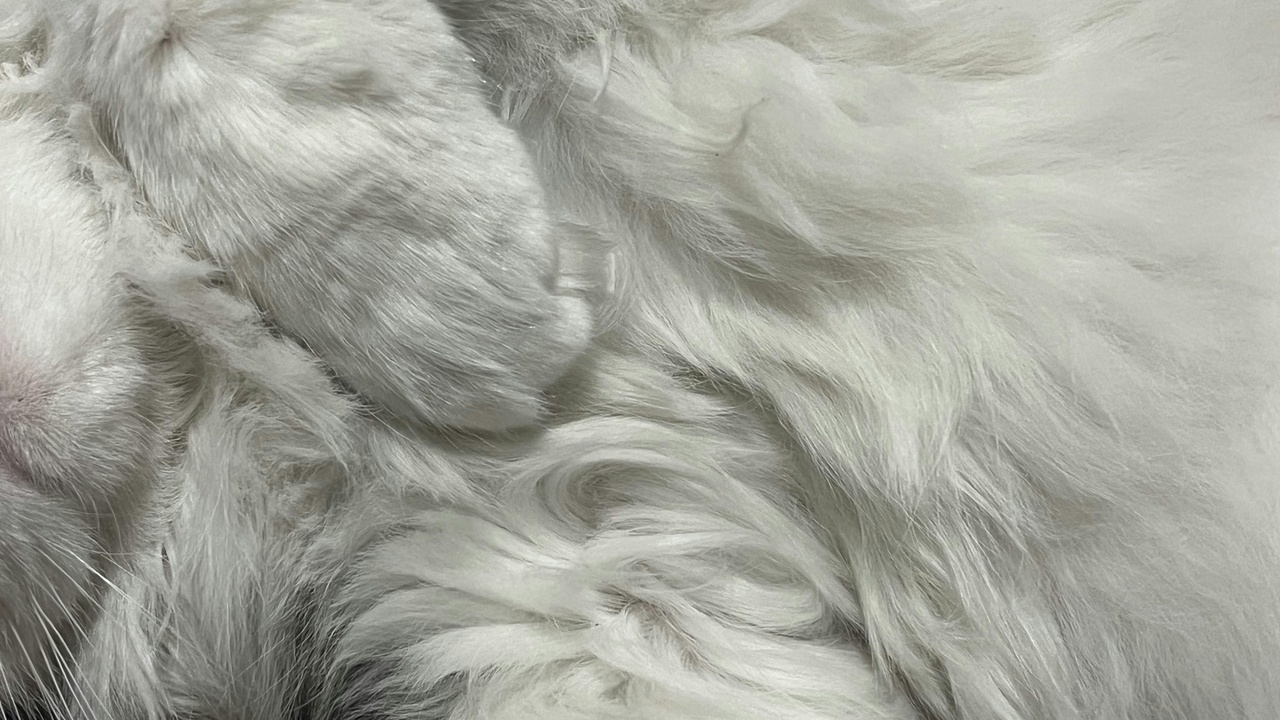
Curly or velvety coats—such as those of the Cornish and Devon Rex—tend to hold loose hairs and dander close to the skin, which reduces airborne spread. These breeds still produce Fel d 1, but their coat structure often lowers environmental contamination.
Care tips: gentle grooming with soft tools, occasional baths if tolerated, and routine ear and nose wipes. A good rule is gentle grooming 1–2 times weekly for Cornish Rex to keep dander in check.
4. Cornish Rex — very short, wavy coat that sheds minimally
Cornish Rex cats have a distinctive short, wavy coat with almost no guard hairs, so less loose fur accumulates around the house. Owner surveys frequently list them among breeds tolerated by sensitive people.
Practical care: gentle weekly grooming, damp-cloth wipes after play, and washable fabric covers. Note they have a thin coat and appreciate warmth—consider a sweater in cold climates.
Many owners reported reduced sneezing after switching from a long-haired cat to a Cornish Rex and keeping fabrics laundered regularly.
5. Devon Rex — short, curly coat and compact shedding
Devon Rexes share many advantages with the Cornish Rex: a curly, fine coat that holds dander close to the skin and sheds less visibly. Their compact shedding pattern makes cleanup easier.
Care suggestions: monitor skin oil buildup and use pet-safe hypoallergenic wipes for daily spot-cleaning. A weekly wipe and a monthly gentle brush often suffice.
Owner example: wiping the cat before bed reduced nighttime congestion for one household after a few weeks.
6. LaPerm — curly coat that reduces loose hairs
LaPerms have a loosely curled coat that tangles less and often sheds less visibly than many straight-coated breeds. Some allergy-prone owners report better tolerance with LaPerms.
Routine: comb every 1–2 weeks with a wide-tooth comb and use damp cloth wipes to capture dander. Combine grooming with an air purifier in common areas for best results.
An owner case: adopting a LaPerm and adding a bedroom HEPA filter helped reduce allergic flares over several months.
Hairless and near-hairless breeds
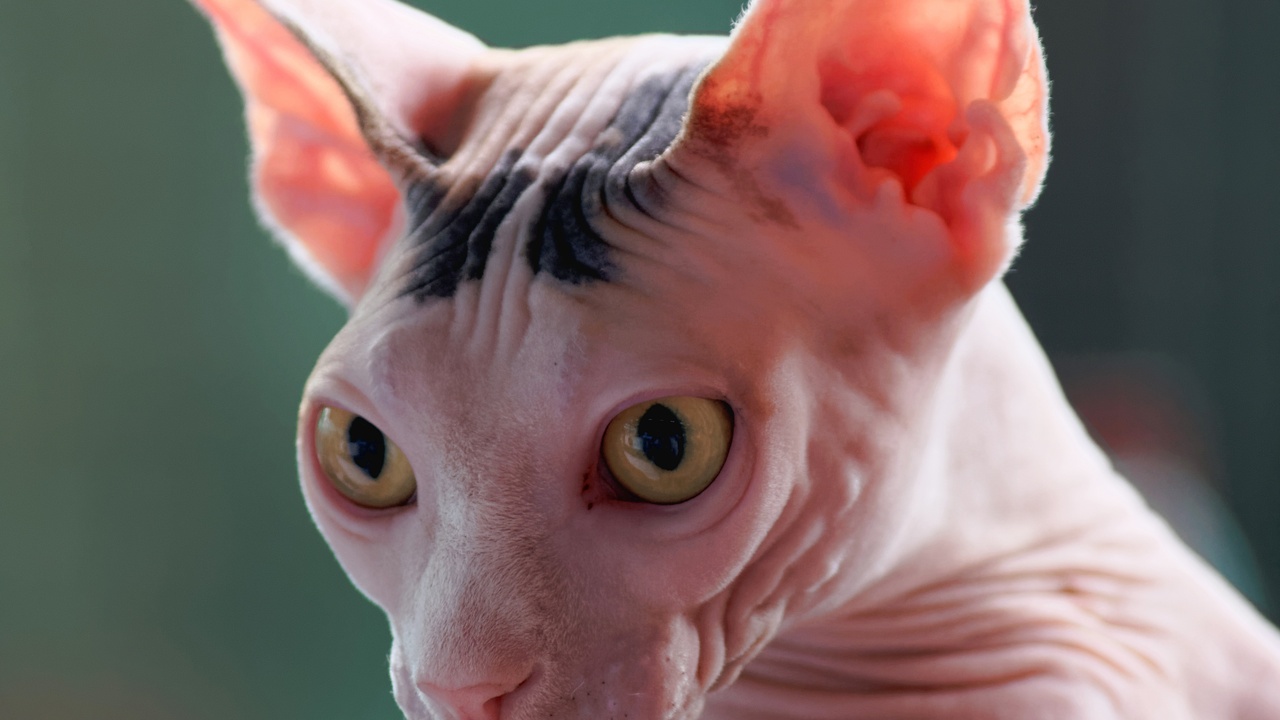
Hairless breeds are often recommended because they lack fur that traps and spreads dander, and regular bathing removes allergen-filled oils. Balance expectations: hairless cats still produce Fel d 1 in skin oils and saliva, so bathing and cleaning are essential.
Care responsibilities include weekly baths, moisturizing with skin-safe products, and sun protection for exposed skin. A practical guideline is to bathe about once weekly or every 10 days.
7. Sphynx — hairless, regular bathing reduces skin-allergen buildup
Sphynx cats lack fur, so owners can remove oil-bound allergens directly with baths. Many allergy-prone people report fewer symptoms after switching to a Sphynx and following a consistent bathing routine.
Bathing routine: warm water, unscented hypoallergenic pet shampoo, dry thoroughly, and clean ears and nails regularly. Expect to bathe about once weekly and to keep the home warm for the cat’s comfort.
Owner example: a weekly wash plus nightly face wipes reduced a person’s congestion significantly within a month.
8. Donskoy — hairless/slightly furry variants with manageable dander
The Donskoy (Don Sphynx) may be hairless or have a fine coat; both types are easier to manage because oils and dander sit on accessible skin. That makes regular cleaning more effective.
Care plan: weekly bath, nightly wipe-downs before bed, and attention to skin health. Keep the cat off the bed if overnight symptoms are an issue.
Owner anecdote: switching to a Donskoy and enforcing a no-cat-in-bedroom rule reduced overnight symptoms for one couple.
Long-haired breeds that surprisingly work for some allergy sufferers
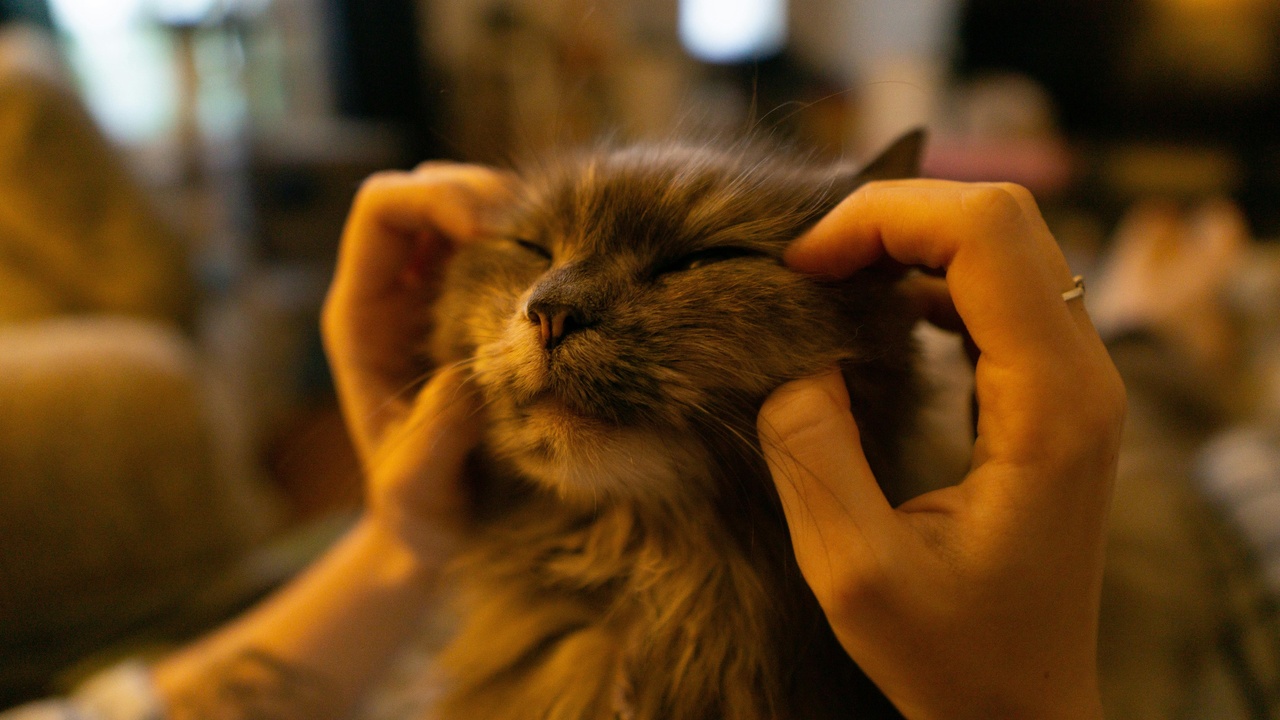
A few long-haired breeds can be tolerated by sensitive people because of lower measured Fel d 1 production in some lines or coat characteristics that lock dander in place. Results vary by individual cat and person, so testing and trial periods are crucial.
Some breeders and small studies report measurablely lower Fel d 1 in certain lines—ask breeders for any testing data and plan a short foster period before committing.
9. Balinese — long coat but often reported as lower Fel d 1 producers
Balinese cats are essentially long-haired Siamese with fine, silky fur. Many owners with mild allergies report tolerating Balinese cats well, and individual variability in Fel d 1 is high.
Advice: meet the specific cat, ask breeders about any Fel d 1 testing, and consider a 2–4 week foster period to monitor symptoms. Grooming prevents matting and helps capture dander.
Practical step: ask breeders whether they have owner reports or measured values for Fel d 1 on the kittens you’re considering.
10. Siberian — frequently cited for lower Fel d 1 levels in some lines
Many allergy sufferers report tolerating Siberians better than other breeds, and some breeder-led research and small studies indicate lower average Fel d 1 in certain Siberian cats. Still, not every Siberian will be low-allergen.
Real-world guidance: ask breeders for Fel d 1 test numbers if available, meet individual cats multiple times, and arrange a short foster trial (2–4 weeks) to confirm personal tolerance.
Combine any choice of breed with environmental controls—HEPA filtration, frequent grooming, and strict no-cat zones—to maximize the chance of success.
Summary
No cat is guaranteed allergy-free, but choosing breeds that shed less, trap dander, or allow direct removal of oils can materially reduce exposure for many people.
Breed selection is only one part of the solution: grooming, bathing, HEPA filtration, and keeping the bedroom cat-free all matter. When possible, meet specific animals and try a short foster period.
- Try a 2–4 week foster or trial period before committing to adoption.
- Use HEPA filtration, vacuum with HEPA filters 2x/week, and brush with a FURminator or grooming mitt 2–3x/week for short coats.
- For hairless breeds, bathe about once weekly (or every 10 days) and wipe daily as needed to remove allergen-carrying oils.
- Ask breeders about Fel d 1 measurements or owner reports and meet the specific cat multiple times to judge personal reactions to cat breeds for allergy sufferers.
